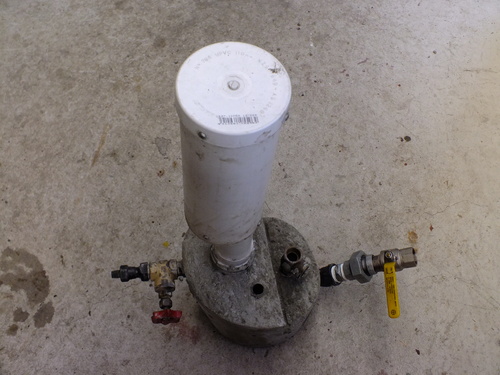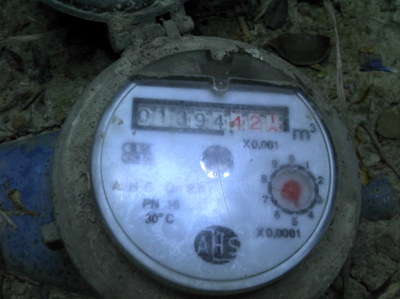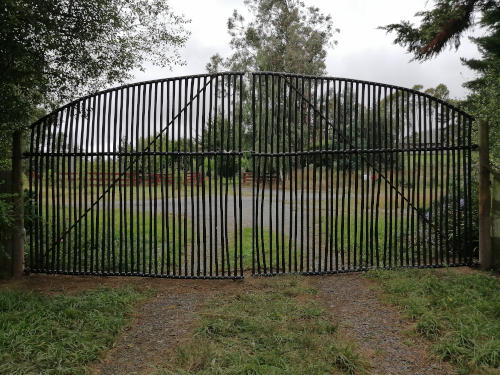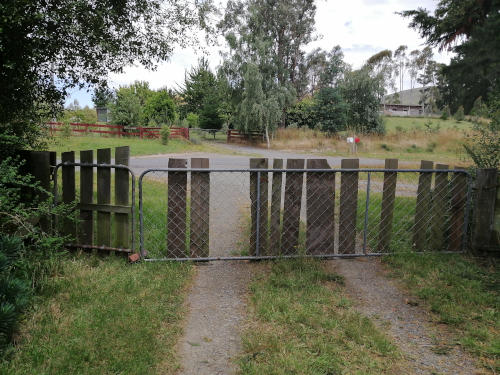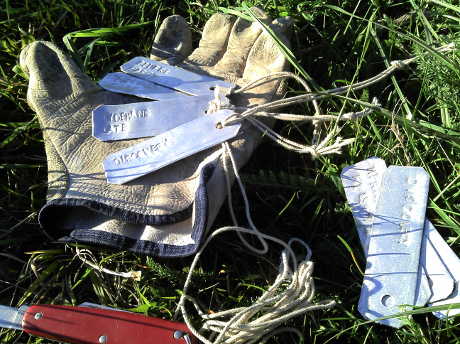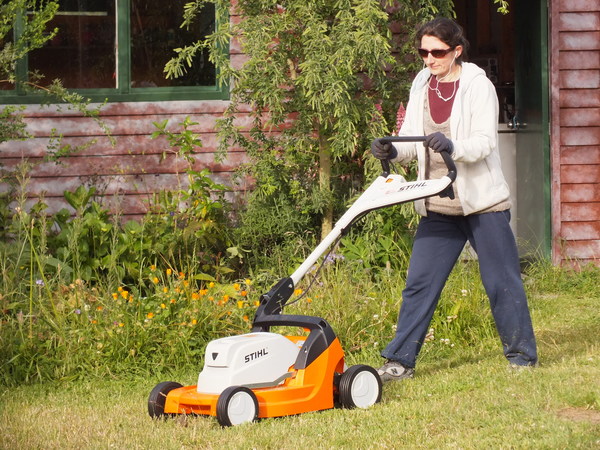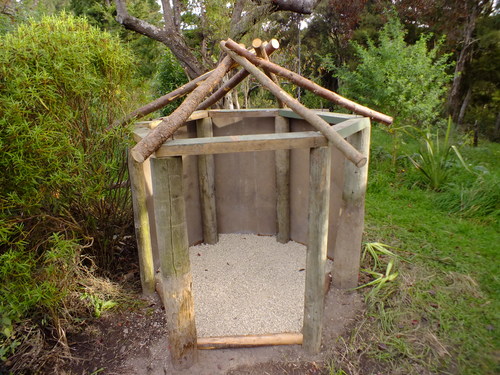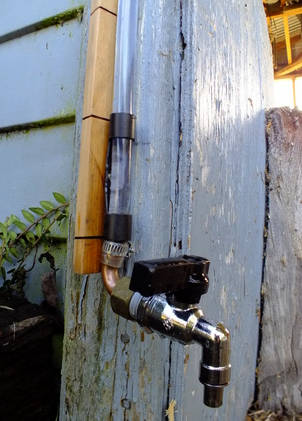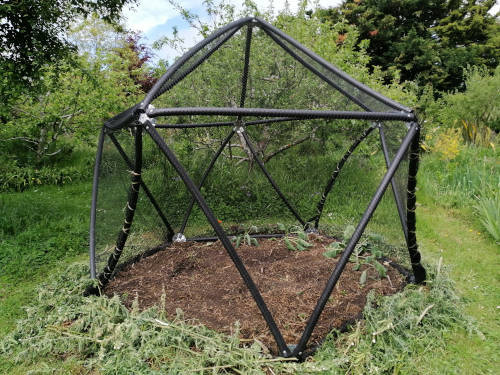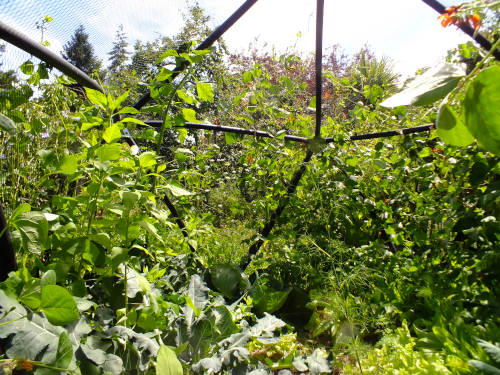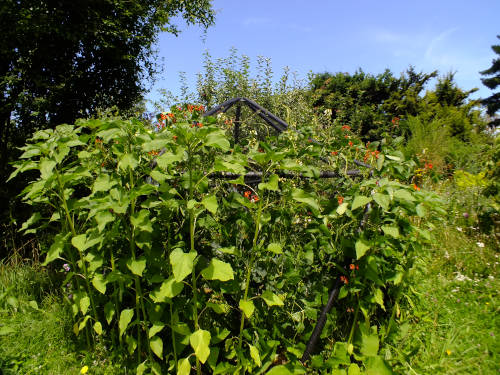Pumping with free energy
Using water to pump water, now that is cool! I have been building a small ram pump for lifting water. The design uses off the shelf components assembled and then cast in concrete.
Overview: Water from a small creek enters a screened intake and is carried via 32mm polythene piping. This has a drop of perhaps a meter over about 70 - 80 meters. This connects to 18 meters of rigid steel 25mm pipe which drops a further 10 meters to the pumping unit. The outlet from the pump delivers water via 15mm poly tubing up to an elevation of around 30 - 40 meters.
While the device works technically it has a number of drawbacks:
Overview: Water from a small creek enters a screened intake and is carried via 32mm polythene piping. This has a drop of perhaps a meter over about 70 - 80 meters. This connects to 18 meters of rigid steel 25mm pipe which drops a further 10 meters to the pumping unit. The outlet from the pump delivers water via 15mm poly tubing up to an elevation of around 30 - 40 meters.
While the device works technically it has a number of drawbacks:
- The water delivery is very slow, perhaps 1 litre every 2 - 3 minutes. This is a result of the various measurements. More water in, dropped from higher or delivered lower would improve the situation.
- The pump unit stops every day or so due to (I believe) air accumulating at key points in the delivery line. This can be improved by eliminating high points from the line.
- Pump stops when river drops too low
August 15, 2015
